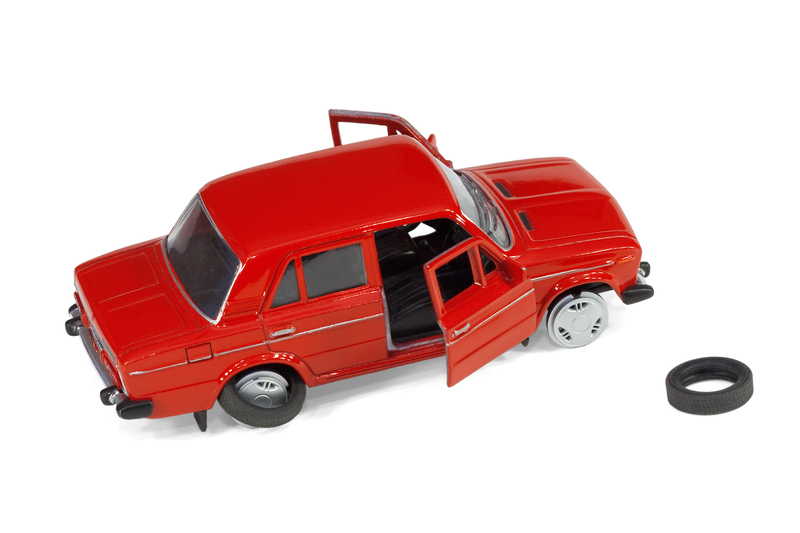The Battle Against Microplastic Pollution
In recent years, microplastic pollution has emerged as a major environmental concern. These tiny plastic particles, often less than 5mm in size, are having a disastrous impact on marine life, ecosystems, and human health. In this article, we will explore the sources of microplastics, their effects, and the efforts being made in the battle against microplastic contamination.
Understanding Microplastics: What Are They?
Microplastics are tiny pieces of plastic debris that originate from a variety of sources. These minute particles result from the degradation of larger plastic waste in the environment, especially in oceans and rivers. Microplastics can also be categorized into two primary types:
- Primary microplastics: These are intentionally manufactured small plastics, such as microbeads found in cosmetics, synthetic fibers from clothing, and pre-production plastic pellets known as nurdles.
- Secondary microplastics: These are formed through the breakdown of larger plastic products like water bottles, car tires, and packaging materials as they undergo environmental wear and tear.
The Widespread Problem of Microplastic Pollution
The prevalence of microplastic pollution is a growing issue worldwide, with trillions of these particles infiltrating the environment annually.
Environmental Impact:- Marine life: Microplastics are often ingested by marine organisms, leading to physical harm, malnutrition, and even death. These particles often transport toxic pollutants that can bioaccumulate up the food chain, threatening larger species, including humans.
- Ecosystem disruption: They can alter the natural soil properties and affect plant growth. Microplastics can change the structure and nutrient transport within the soil, impacting agricultural production.
The ingestion of microplastics by humans is a subject of intense research. Microplastics are present in water supplies, seafood, and even the air we breathe, raising alarms about long-term health implications, such as hormonal disruptions and other chronic health issues.


Efforts and Solutions in Fighting Microplastic Pollution
Tackling the issue of microplastic pollution requires a multifaceted approach, which involves various stakeholders including governments, industries, and individuals.
Policy and Regulation
Countries across the globe are implementing stricter measures to curb microplastic pollution. These include:
- Bans on microbeads: Many countries have banned the use of microbeads in cosmetics and personal care products.
- Extended producer responsibility (EPR): Legislation encouraging manufacturers to manage and reduce waste in their production and post-consumer stages.
- Improved waste management systems: Investments in infrastructure to improve recycling rates and prevent plastic waste from entering natural environments.
Technological Innovation
Innovative technologies are being developed to address microplastic contamination:
- Filtration technologies: Advanced filters are being used to capture microplastics in wastewater treatment plants before they can enter rivers and oceans.
- Biodegradable alternatives: Research is ongoing into creating biodegradable plastics that do not degrade into harmful microplastics.
Awareness and Behavioral Change
Public education plays a crucial role in changing attitudes towards plastic use. Key initiatives include:
- Educational campaigns: Raising awareness about the impact of microplastics and encouraging reduced plastic consumption.
- Community clean-up events: Organizing coastal and urban clean-ups to remove plastic debris and spread awareness about pollution.
- Waste reduction interventions: Encouraging the use of reusable and sustainable materials in everyday life.
The Future of Microplastic Pollution: Looking Ahead
The battle against microplastic contamination continues to evolve as more is understood about the extent and effects of these pollutants. Future efforts will likely focus on integrating technologies and policies effectively, empowering local communities, and ensuring global cooperation to manage plastic waste.
Continued Research into the impacts of microplastics on health and ecosystems is vital. Scientists and policymakers must work collaboratively to model the scale of the problem accurately and design appropriate interventions.
While microplastic pollution is a complex issue, progress is being made. As awareness grows and technology advances, there is hope for a cleaner, healthier environment. It is essential for everyone to play a role in reducing plastic use and supporting sustainable practices to combat this pressing environmental challenge.
In conclusion, although the battle against microplastic pollution remains challenging, it also presents opportunities for innovation, collaboration, and a renewed commitment to protecting our planet.